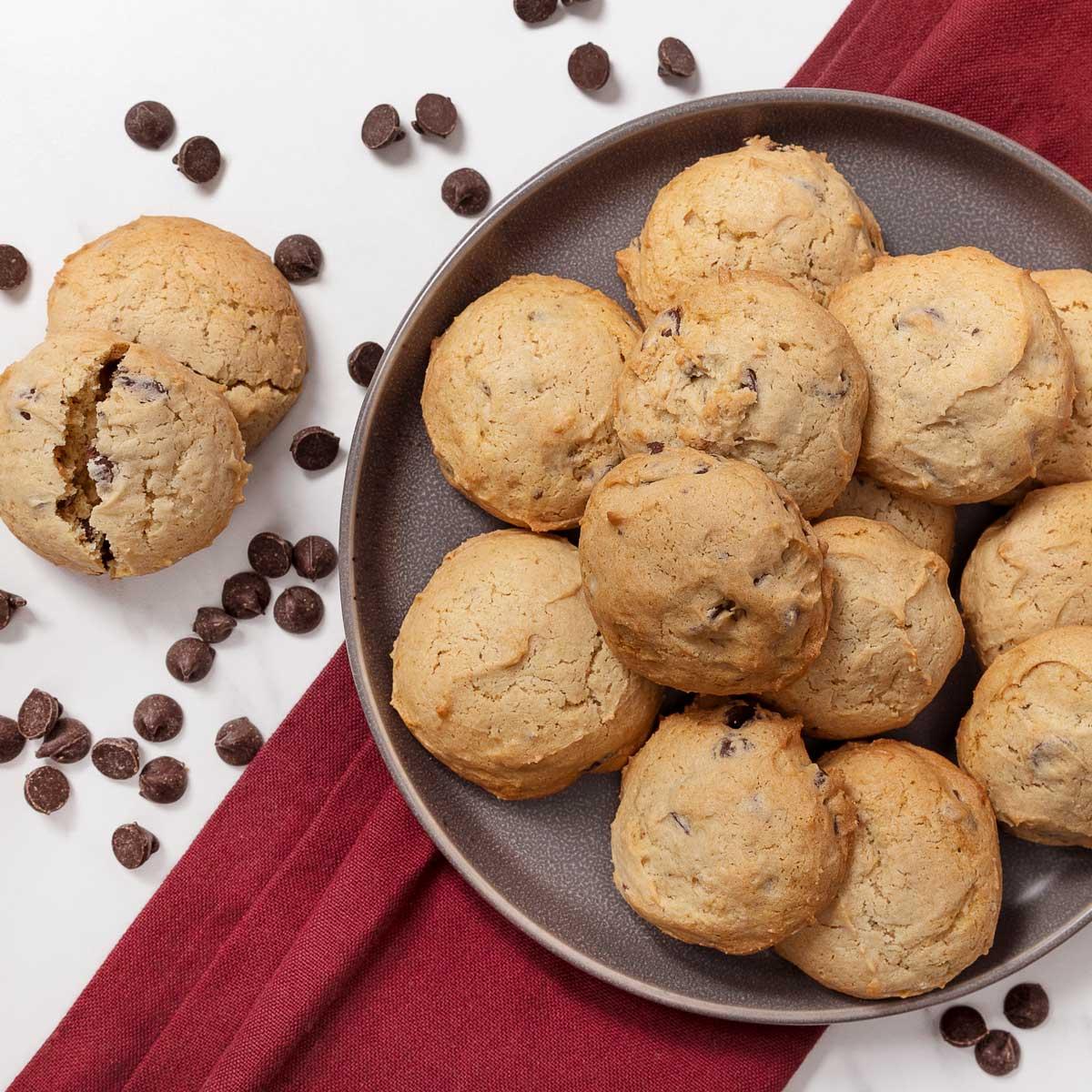Daily Dish the Sonoma Market blog

Baking Chocolate Basics
Ever wonder what difference the type of chocolate you use in your baking makes? We're here to help you champion the ways of chocolate in its many forms and uses!
Ever wonder what difference the type of chocolate you use in your baking makes? First of all, baking chocolate isn't the same as the type of chocolate you'd normally think of as a treat—baking chocolate is bitter, while snacking chocolate is sweet! Read on to learn more about the curious world of cocoa and how you can champion the ways of chocolate in its many forms and uses.
Cocoa powder is dried, roasted, and ground cocoa solids. Essentially, it's the truest taste of chocolate! You can use either of the below types in recipes that don't call for baking powder or baking soda, but for those that do, be mindful—it will affect the rise of the good. Add it to cakes, cookies, and frostings.
- Natural cocoa powder has a strong, slightly fruity, sharp flavor because chocolate is naturally acidic. The intensity depends on the brand and bean, but it's commonly used in recipes calling for baking powder since the two work in tandem to make your baked goods rise. For sauces, custards, mousses, and the like, natural cocoa powder will be lighter but more astringent than Dutch-processed.
-
Dutch-processed cocoa powder is a darker cocoa with a smooth, earthy, mellow flavor since the Dutch cocoa powder process involves washing the cocoa beans in an alkaline solution to neutralize their acidity. Because it isn't acidic like natural cocoa powder, it doesn't react with alkaline leaveners, so recipes that call for it are often leavened with baking powder.
- Dark chocolate has the highest percentage of cacao, veering into totally unsweet. It shines in ganache, truffles, and other recipes where a deep, intense flavor is desired.
- Bittersweet and semisweet chocolates also have relatively high percentages of cacao, but less so than truly dark chocolate. They're best in cookies, brownies, and other desserts with enough supporting sweetness to balance it out. They can be used interchangeably.
-
Milk chocolate has the least amount of cacao and the highest ratio of cacao to milk solids, therefore making it the sweetest. Creamy and mild, you can use it for fillings, candy-making, barks, and more.
- White chocolate technically isn't chocolate because it doesn't have cocoa. Instead, it contains cocoa butter, which is the natural fat found in the cocoa bean. We're still mentioning it because you'll see it called for in recipes (and it's good). It's sweet and the most sensitive to heat of all the chocolates, so be careful not to burn it if melting.
-
Chips are formulated specifically with stabilizers and less cocoa butter in order to hold their shape. This makes them best for bakes when you want a pop of chocolate, like chocolate chip cookies or magic bars.
-
Wafers are thin and disk-shaped and are made for easy, even melting. They're great for projects where you want a thin coating, like chocolate-dipped strawberries or cake pops.
-
Bars have less sweetness than chips or wafers (as mentioned earlier). If you're using a bar anywhere you'd use chips or wafers, you just have to chop it up first. It will result in pleasant pools when melted and is great for ganache, mousses, and more.
Now that you've got the basics down, you can bake on knowing you've made the best chocolate choice!
Selection may vary by store.